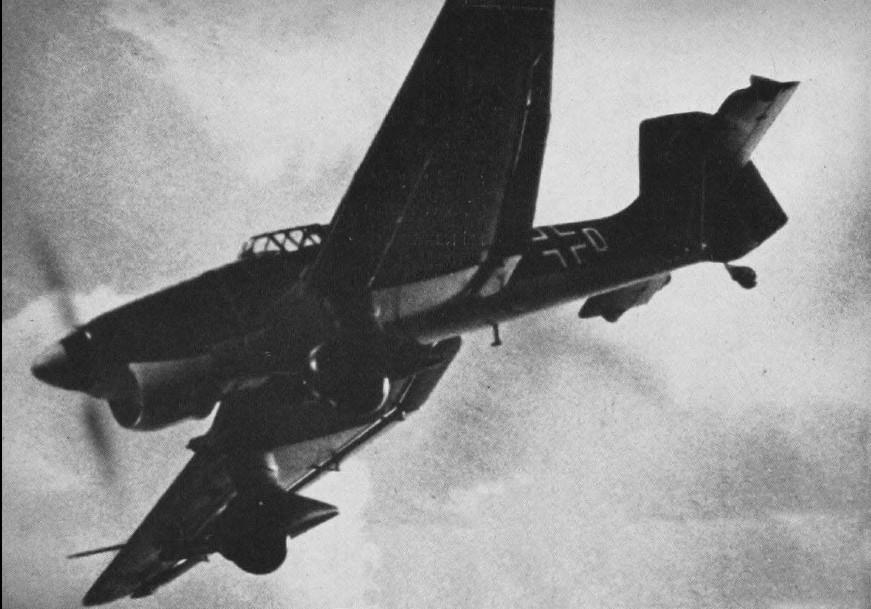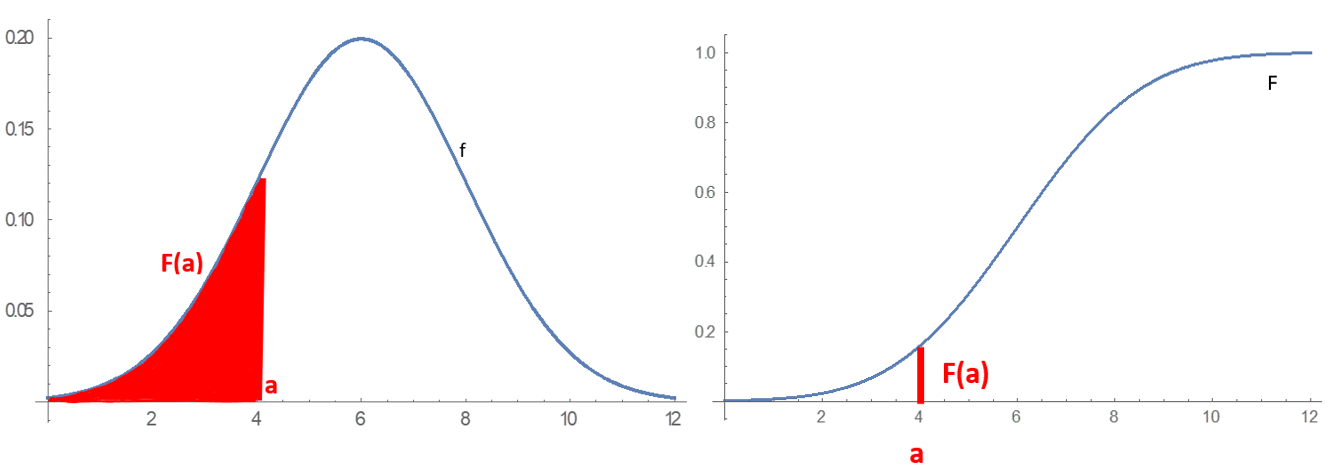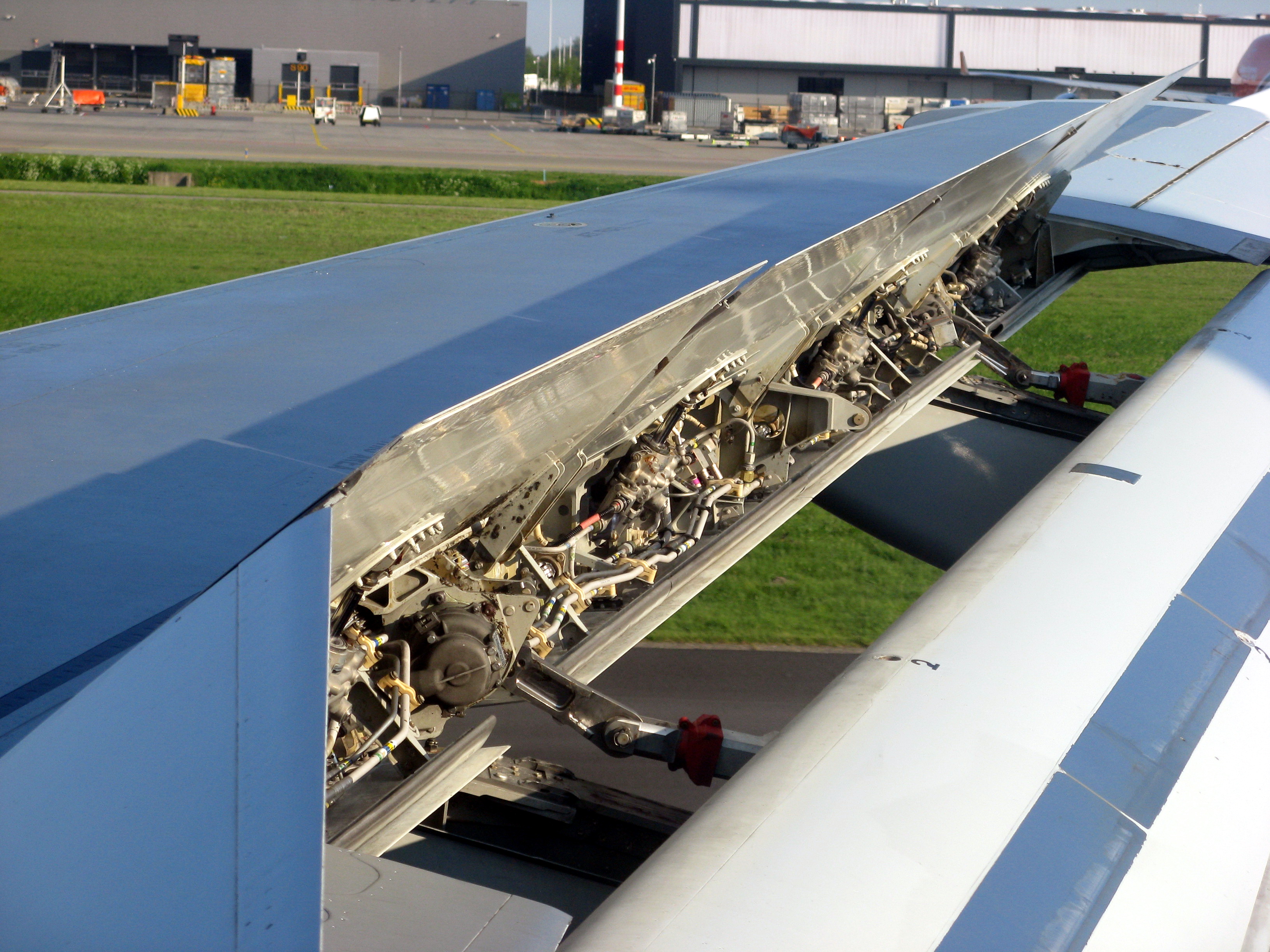|
Shock Cooling
Shock cooling refers to the theory that damage to engines (particularly air-cooled aviation piston engines) may occur because of an excessively rapid decrease in temperature. The situation where rapid cooling arises is on descent from altitude. In this condition, less power is demanded of the engine (it is throttled back) so it is developing much less heat. In a descent, the plane's airspeed increases, simultaneously increasing the cooling rate of the engine. As metals expand and contract under temperature changes, dimensional changes in the engine may exceed tolerance limits. Manifestation Damage from shock cooling is most commonly believed to manifest itself as stuck valves, excessively worn or cracked pistons and cracked cylinders and cylinder heads. Analysis While the subject is very controversial, some believe shock cooling, as commonly explained, is nothing but a myth. This position is supported by the fact twin engine planes commonly experience ideal conditions for shock c ... [...More Info...] [...Related Items...] OR: [Wikipedia] [Google] [Baidu] |
Air-cooled Engine
Air-cooled engines rely on the circulation of air directly over heat dissipation fins or hot areas of the engine to cool them in order to keep the engine within operating temperatures. Air-cooled designs are far simpler than their liquid-cooled counterparts, which require a separate radiator, coolant reservoir, piping and pumps. Air-cooled engines are widely seen in applications where weight or simplicity is the primary goal. Their simplicity makes them suited for uses in small applications like chainsaws and lawn mowers, as well as small generators and similar roles. These qualities also make them highly suitable for aviation use, where they are widely used in general aviation aircraft and as auxiliary power units on larger aircraft. Their simplicity, in particular, also makes them common on motorcycles. Introduction Most modern internal combustion engines are cooled by a closed circuit carrying liquid coolant through channels in the engine block and cylinder head. A fl ... [...More Info...] [...Related Items...] OR: [Wikipedia] [Google] [Baidu] |
Temperature
Temperature is a physical quantity that quantitatively expresses the attribute of hotness or coldness. Temperature is measurement, measured with a thermometer. It reflects the average kinetic energy of the vibrating and colliding atoms making up a substance. Thermometers are calibrated in various temperature scales that historically have relied on various reference points and thermometric substances for definition. The most common scales are the Celsius scale with the unit symbol °C (formerly called ''centigrade''), the Fahrenheit scale (°F), and the Kelvin scale (K), with the third being used predominantly for scientific purposes. The kelvin is one of the seven base units in the International System of Units (SI). Absolute zero, i.e., zero kelvin or −273.15 °C, is the lowest point in the thermodynamic temperature scale. Experimentally, it can be approached very closely but not actually reached, as recognized in the third law of thermodynamics. It would be impossible ... [...More Info...] [...Related Items...] OR: [Wikipedia] [Google] [Baidu] |
Descent (aircraft)
In aeronautics, a descent is any time period during air travel where an aircraft decreases altitude, and is the opposite of an ''ascent'' or '' climb''. Descents are part of normal procedures, but also occur during emergencies, such as rapid or explosive decompression, forcing an emergency descent to below and preferably below , respectively the maximum temporary safe altitude for an unpressurized aircraft and the maximum safe altitude for extended duration. An example of explosive decompression is Aloha Airlines Flight 243. Involuntary descent might occur from a decrease in power, decreased lift (wing icing), an increase in drag, or flying in an air mass moving downward, such as a terrain induced downdraft, near a thunderstorm, in a downburst, or microburst. Normal descents Intentional descents might be undertaken to land, avoid other air traffic or poor flight conditions (turbulence, icing conditions, or bad weather), clouds (particularly under visual flight rules), to ... [...More Info...] [...Related Items...] OR: [Wikipedia] [Google] [Baidu] |
Power (physics)
Power is the amount of energy transferred or converted per unit time. In the International System of Units, the unit of power is the watt, equal to one joule per second. Power is a Scalar (physics), scalar quantity. Specifying power in particular systems may require attention to other quantities; for example, the power involved in moving a ground vehicle is the product of the aerodynamic drag plus traction (engineering), traction force on the wheels, and the velocity of the vehicle. The output power of a Engine, motor is the product of the torque that the motor generates and the angular velocity of its output shaft. Likewise, the power dissipated in an electrical element of a electrical circuit, circuit is the product of the electric current, current flowing through the element and of the voltage across the element. Definition Power is the Rate (mathematics), rate with respect to time at which work is done or, more generally, the rate of change of total mechanical energy. It is ... [...More Info...] [...Related Items...] OR: [Wikipedia] [Google] [Baidu] |
4-stroke Cycle Engine Valves
A poppet valve (also sometimes called mushroom valve) is a valve typically used to control the timing and quantity of petrol (gas) or vapour flow into or out of an engine, but with many other applications. It consists of a hole or open-ended chamber, usually round or oval in cross-section, and a plug, usually a disk shape on the end of a shaft known as a valve stem. The working end of this plug, the valve face, is typically ground at a 45° bevel to seal against a corresponding valve seat ground into the rim of the chamber being sealed. The shaft travels through a valve guide to maintain its alignment. A pressure differential on either side of the valve can assist or impair its performance. In exhaust applications higher pressure against the valve helps to seal it, and in intake applications lower pressure helps open it. Etymology The word poppet shares etymology with "puppet": it is from the Middle English ''popet'' ("youth" or "doll"), from Middle French ''poupette'', which ... [...More Info...] [...Related Items...] OR: [Wikipedia] [Google] [Baidu] |
Piston
A piston is a component of reciprocating engines, reciprocating pumps, gas compressors, hydraulic cylinders and pneumatic cylinders, among other similar mechanisms. It is the moving component that is contained by a cylinder (engine), cylinder and is made gas-tight by piston rings. In an engine, its purpose is to transfer force from expanding gas in the cylinder to the crankshaft via a piston rod and/or connecting rod. In a pump, the function is reversed and force is transferred from the crankshaft to the piston for the purpose of compressing or ejecting the fluid in the cylinder. In some engines, the piston also acts as a valve by covering and uncovering Porting (engine)#Two-stroke porting, ports in the cylinder. __TOC__ Piston engines Internal combustion engines An internal combustion piston engine, internal combustion engine is acted upon by the pressure of the expanding combustion gases in the combustion chamber space at the top of the cylinder. This force then acts dow ... [...More Info...] [...Related Items...] OR: [Wikipedia] [Google] [Baidu] |
Cylinder (engine)
In an engine, the cylinder is the space in which a piston travels. The inner surface of the cylinder is formed from either a thin metallic liner (also called "sleeve") or a surface coating applied to the engine block. A piston is seated inside each cylinder by several metal piston rings, which also provide seals for compression and the lubricating oil. The piston rings do not actually touch the cylinder walls, instead they ride on a thin layer of lubricating oil. Steam engines The cylinder in a steam engine is made pressure-tight with end covers and a piston; a valve distributes the steam to the ends of the cylinder. Cylinders were cast in cast iron and later in steel. The cylinder casting can include other features such as valve ports and mounting feet. Internal combustion engines The cylinder is the space through which the piston travels, propelled by the energy generated from the combustion of the air/fuel mixture in the combustion chamber. In an air-cooled e ... [...More Info...] [...Related Items...] OR: [Wikipedia] [Google] [Baidu] |
Cylinder Heads
In a piston engine, the cylinder head sits above the cylinders, forming the roof of the combustion chamber. In sidevalve engines the head is a simple plate of metal containing the spark plugs and possibly heat dissipation fins. In more modern overhead valve and overhead camshaft engines, the head is a more complicated metal block that also contains the inlet and exhaust passages, and often coolant passages, valvetrain components, and fuel injectors. Number of cylinder heads A piston engine typically has one cylinder head per bank of cylinders. Most modern engines with a "straight" (inline) layout today use a single cylinder head that serves all the cylinders. Engines with a "V" layout or "flat" layout typically use two cylinder heads (one for each cylinder bank), however a small number of 'narrow-angle' V engines (such as the Volkswagen VR5 and VR6 engines) use a single cylinder head spanning the two banks. Most radial engines have one head for each cylinder, alt ... [...More Info...] [...Related Items...] OR: [Wikipedia] [Google] [Baidu] |
Myth
Myth is a genre of folklore consisting primarily of narratives that play a fundamental role in a society. For scholars, this is very different from the vernacular usage of the term "myth" that refers to a belief that is not true. Instead, the veracity of a myth is not a defining criterion. Myths are often endorsed by religious (when they are closely linked to religion or spirituality) and secular authorities. Many societies group their myths, legends, and history together, considering myths and legends to be factual accounts of their remote past. In particular, creation myths take place in a primordial age when the world had not achieved its later form. Origin myths explain how a society's Norm (social), customs, institutions, and taboos were established and sanctified. National myths are narratives about a nation's past that symbolize the nation's values. There is a complex relationship between Myth and ritual, recital of myths and the enactment of rituals. Etymology The w ... [...More Info...] [...Related Items...] OR: [Wikipedia] [Google] [Baidu] |
Probability Distribution
In probability theory and statistics, a probability distribution is a Function (mathematics), function that gives the probabilities of occurrence of possible events for an Experiment (probability theory), experiment. It is a mathematical description of a Randomness, random phenomenon in terms of its sample space and the Probability, probabilities of Event (probability theory), events (subsets of the sample space). For instance, if is used to denote the outcome of a coin toss ("the experiment"), then the probability distribution of would take the value 0.5 (1 in 2 or 1/2) for , and 0.5 for (assuming that fair coin, the coin is fair). More commonly, probability distributions are used to compare the relative occurrence of many different random values. Probability distributions can be defined in different ways and for discrete or for continuous variables. Distributions with special properties or for especially important applications are given specific names. Introduction A prob ... [...More Info...] [...Related Items...] OR: [Wikipedia] [Google] [Baidu] |
Cylinder Head Temperature Gauge
A Cylinder Head Temperature gauge (CHT) measures the cylinder head temperature of an engine. Commonly used on air-cooled engines, the head temperature gauge displays the work that the engine is performing more quickly than an oil or water temperature gauge. As the engine works at high speed or uphill, head temperature will increase quickly. The meter can be digital or analog. An air-cooled engine requires a steady flow of air for cooling. Most air-cooled engines have thermostats controlling air doors or flaps to help the engine reach operating temperature as quickly as possible. Any failure of the cooling system will cause engine failure via scuffed piston skirts. Air-cooled engines are used in aircraft engine control and other air-cooled engines as in cars and air-cooled motorcycles. The CHT sender usually has a K-type thermocouple that is mounted under the spark plug. The K-type thermocouple is a pair of two dissimilar metals that produce a small voltage signal when heate ... [...More Info...] [...Related Items...] OR: [Wikipedia] [Google] [Baidu] |
Spoiler (aeronautics)
In aeronautics, a spoiler (sometimes called a lift spoiler or lift dumper) is a device which increases the Drag (physics), drag and decreases the lift (force), lift of an airfoil in a controlled way. Most often, spoilers are hinged plates on the top surface of a wing that can be extended upward into the airflow to ''spoil'' the streamline flow. By so doing, the spoiler creates a controlled Stall (flight), stall over the portion of the wing behind it, greatly reducing the lift of that wing section. Spoilers differ from air brake (aeronautics), airbrakes in that airbrakes are designed to increase drag without disrupting the lift distribution across the wing span, while spoilers disrupt the lift distribution as well as increasing drag. However, flight spoilers are routinely referred to as "speed brakes" on transport aircraft by pilots and manufacturers, despite significantly reducing lift. Spoilers fall into two categories: those that are deployed at controlled angles during flig ... [...More Info...] [...Related Items...] OR: [Wikipedia] [Google] [Baidu] |






